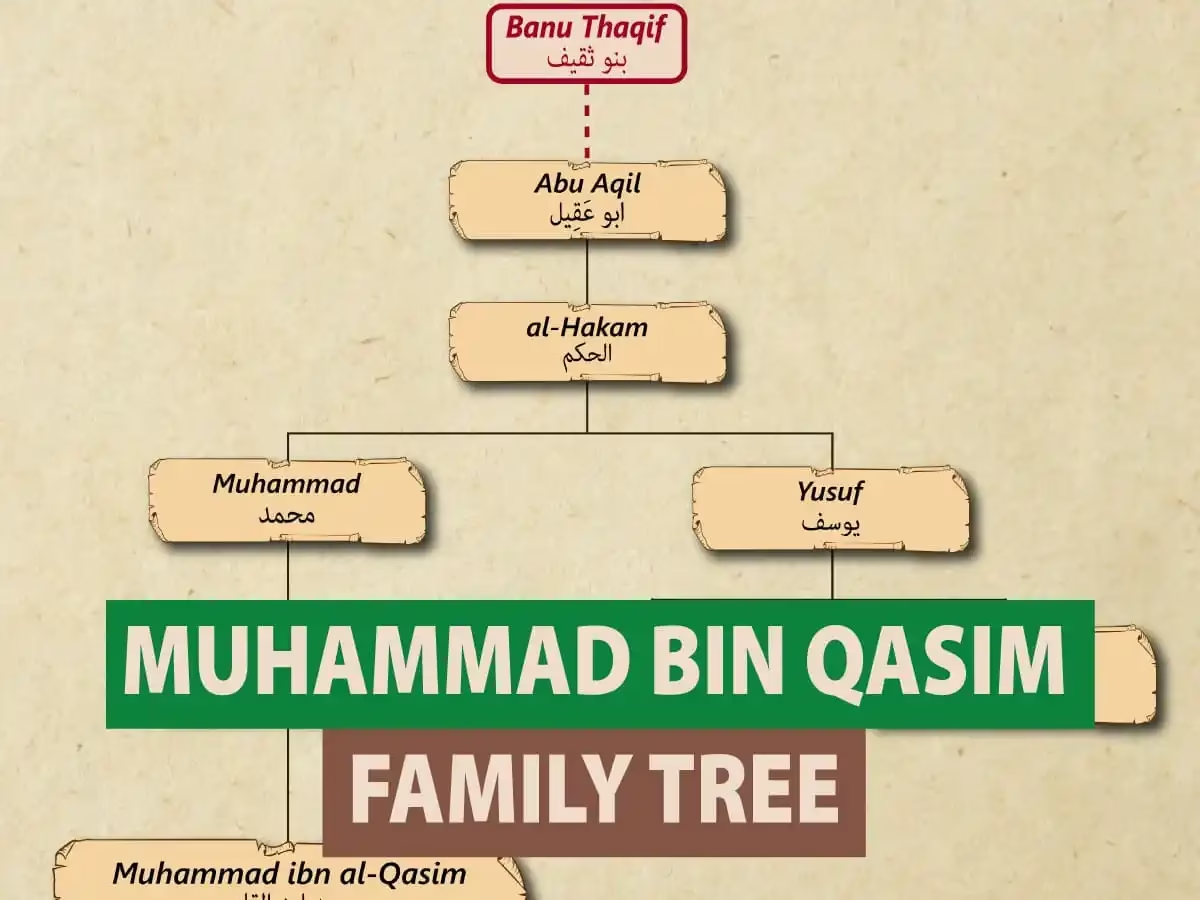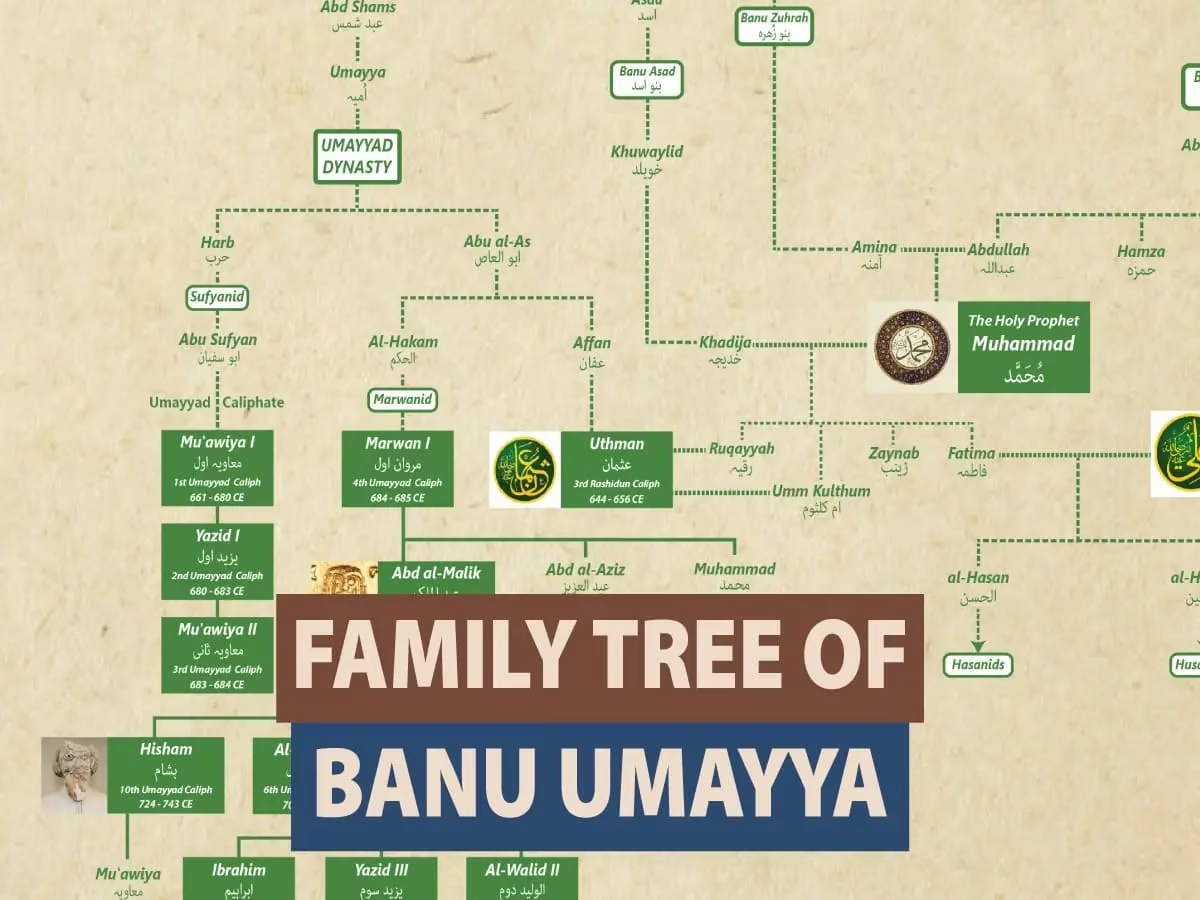The Seljuk Dynasty, one of the most influential Turkic powers in medieval Islamic history, traces its origins to Seljuq Beg, the patriarch whose descendants would go on to build an empire stretching from Central Asia to Anatolia and the Middle East. The chart provides a concise genealogical view of how the Great Seljuk Empire emerged, flourished, and eventually fragmented through successive generations of rulers.
Origins of the Seljuks
Seljuq Beg – The Founder of the Dynasty
Seljuq Beg (سنجوق بیگ) was the forefather of the Seljuk clan. His sons and grandsons would establish both the Great Seljuk Empire and several independent branches, including the Sultanate of Rūm in Anatolia.
Seljuq Beg had two key sons shown in the chart:
- Arslan Yabgu
- Mikail
From these two lines emerged two powerful branches of the dynasty.

Branch 1: Arslan Yabgu and the Rise of the Sultanate of Rūm
Arslan Yabgu (ارسلان یابغو) was a major tribal leader but never ruled as sultan.
His son Qutalmish (قتلمش) attempted to seize power in the Great Seljuk Empire but failed. However, Qutalmish’s descendant founded the Sultanate of Rūm in Anatolia, which later produced famous rulers like Kilij Arslan and contributed heavily to medieval Turkish history.
Branch 2: Mikail – The Line of the Great Seljuk Sultans
From Mikail’s line descended the major sultans of the Great Seljuk Empire.
Tughril Beg (r. 1037–1063)
Tughril Beg (طغرل بیگ) was the founder and first sultan of the Great Seljuk Empire. Under his leadership, the Seljuks entered Iran, defeated rivals, and eventually marched into Baghdad, where the Abbasid Caliph recognized him as sultan. This marked the rise of Seljuk dominance in the Islamic world.
Alp Arslan and the Expansion of Seljuk Power
1. Alp Arslan (r. 1063–1072)
The son of Chaghri Beg, Alp Arslan (آلپ ارسلان) succeeded his uncle Tughril. His reign is best remembered for the monumental Battle of Manzikert (1071), where he defeated the Byzantine Empire, opening Anatolia for Turkic settlement. Alp Arslan strengthened and expanded Seljuk authority across Persia, Central Asia, and parts of the Middle East.
The Golden Age Under Malik-Shah I
2. Malik-Shah I (r. 1072–1092)
One of the greatest Seljuk rulers, Malik-Shah I (ملک شاه اول) presided over the empire at its peak. Under him, the vizier Nizam al-Mulk implemented administrative reforms that stabilized the empire. During his rule, Seljuk influence stretched from the edges of China to the Mediterranean.
However, after his death, the unity of the Great Seljuk Empire began to weaken.
The Post–Malik-Shah Fragmentation
After Malik-Shah I’s death, his sons and brothers struggled for the throne. This internal conflict led to the division of the empire, as shown in the chart.
3. Mahmud I (r. 1092–1094)
Mahmud I (محمود اول), a son of Malik-Shah, briefly ruled but faced opposition from other Seljuk princes.
4. Berkyaruq (r. 1094–1105)
Berkyaruq (بركیاروق), another son of Malik-Shah, battled several claimants to maintain control. His reign was marked by civil war.
5. Malik-Shah II (r. 1105)
Malik-Shah II (ملک شاه ثانی), a very short-lived ruler, reflects the instability within the dynasty.
6. Muhammad Tapar (r. 1105–1118)
Muhammad Tapar (محمد تاپر) succeeded Berkyaruq and attempted to restore centralized control, achieving relative stability.
Ahmad Sanjar – The Last Powerful Seljuk Sultan
7. Ahmad Sanjar (r. 1118–1157)
Ahmad Sanjar (احمد سنجار), another son of Malik-Shah I, ruled as the last major Seljuk emperor. Based in Khorasan, he managed to hold the empire together longer than other branches. His defeat and capture by the Oghuz Turks in 1153 marked the final decline of Seljuk central authority.
Conclusion
From Seljuq Beg’s tribal leadership to the expansive rule of Alp Arslan, Tughril, and Malik-Shah I, the Seljuk Dynasty shaped the medieval Islamic world in profound ways.
The family tree shows a clear rise—from tribal chiefs to world-ruling sultans—and a gradual fragmentation as competing heirs divided the empire. Even after its decline, the Seljuk legacy lived on through successor states, especially the Sultanate of Rūm, which set the stage for the later rise of the Ottoman Empire.



